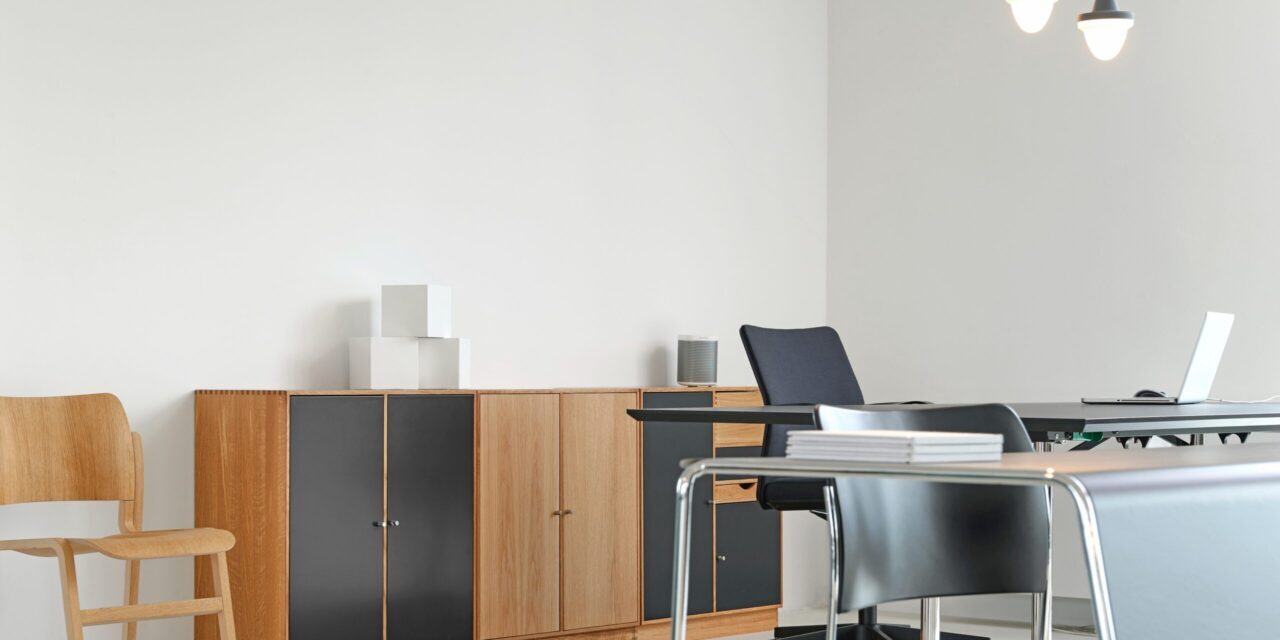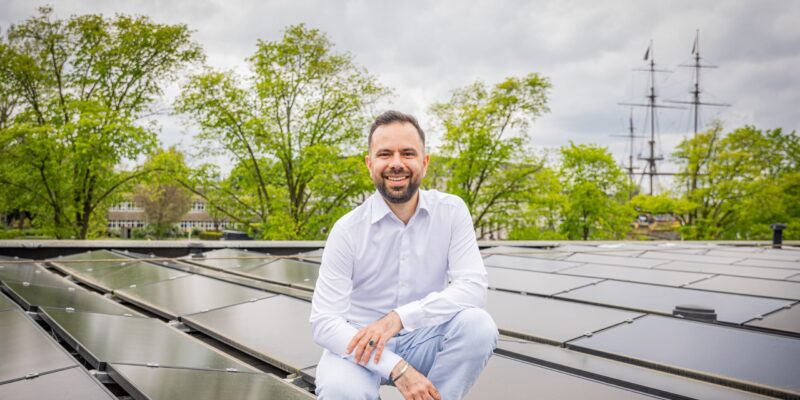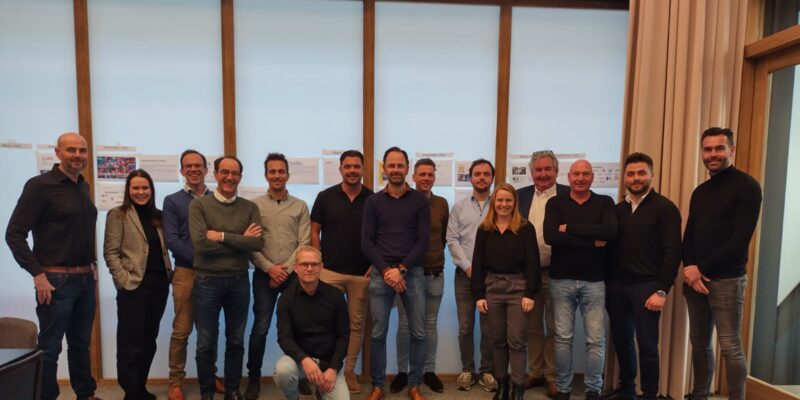Why the furniture sector is the prime example of the circular transition

The furniture sector has made rapid strides in the field of circular economy in recent years. Three major tenders underpin these developments: Alliander, University Medical Center Utrecht, and more recently, the Dutch government. The sector is not hiding its circular ambitions. Circular aspirations are increasingly embedded in tenders within the market as well.
On the Circular Procurement Platform, we have the following definition of “circular furniture”: furniture production, use, and maintenance based on circular principles. This includes repairing and extending the life of existing furniture, using recycled furniture, and producing new furniture with non-toxic materials, long lifespans, and detachable components.
Circular vision gets the ball rolling
In 2016, the Dutch government presented a circular vision for office furniture. It was one of the first product groups for which the government established a clear, circular direction. The circular vision forms the foundation of a series of contracts. The first contract already included the supply and maintenance of over 100,000 workspaces.
Hans Bloemendaal, an SPP (Sustainable Public Procurement) advisor at PIANOo, confirms its impact: “The great circular demand from the Dutch government marked a turning point in the office furniture sector. The market was truly shaken up, reaching deep into the organizations of the selected suppliers.”
“Top management also became more aware that design and production must change and that sales departments must adopt different business models. Life extension is becoming increasingly important,” says Hans.
And these circular ambitions are essential. Historically, the sector has focused mainly on producing new furniture: that’s what factories are designed for, and that’s where the revenue comes from. Is furniture aesthetically outdated or just in need of good maintenance? It is quickly replaced with new furniture. As a result, a lot of furniture ends up in waste processing prematurely. There are plenty of opportunities for a circular approach, with lots of low-hanging fruit.
New players emerge
These circular opportunities are opening the market to several new players, alongside traditional manufacturers. Not only companies refurbishing and reupholstering furniture but also those purchasing second-hand furniture, holding stock, and thus having an offering for tender submissions.
Workbrands is one such new player. The company specializes in the reuse and refurbishment of office furniture. Ramon van de Kerkhof, Commercial Manager at Workbrands, sees that the landscape is changing and more circular initiatives are emerging:
“For us, it’s important to be able to participate, including tenders. This requires clients to let go of linear thinking. We must abandon the old procurement mindset of predictability and predetermined prices and work towards equal partnerships.”
“The sector is evolving and cannot go back,” observes Tamara van Vastenhoven, working at the Dutch Department of Waterways and Public Works (Rijkswaterstaat) and category manager workspace environment at the Dutch government. “More and more clients are setting circular ambitions for furniture. A supplier estimated that about 40% of tenders for office furniture are circular. That’s a massive growth compared to a few years ago.”
Greater uniformity in language and definitions
Now that circularity plays an increasingly important role in the sector, it is also crucial to create a uniform language with clear definitions. Hans Bloemendaal recognizes the importance of this as well. In 2019, he co-initiated the NEN working group Circular Interior Design for Office and Learning Environments.
“We wanted to prevent each client from asking for different aspects of circularity, requiring suppliers to answer a different question each time. Greater uniformity encourages further development and allows market parties to invest.”
The Dutch Practice Guideline (NPR) was a useful tool for greater uniformity. Tamara says, “The creation of the NPR is a great example of market development. Suppliers work with clients and other parties to create a uniform language. Participants transcend their organizational interests to explore how we can jointly advance the office furniture sector.”
Circular: the new way of working
Sustainability is still strongly tied to individuals or organizations, and this poses a challenge. Tamara, Hans, and Ramon all recognize this. “Circularity is a way of living – it should be in your organization’s DNA,” believes Tamara.
“You can see a difference in contract management between parties that have reuse as a starting point for their entire business operations and parties that originally focused on producing new furniture.”
Commercial manager Ramon says, “The uncomfortable truth is that we don’t yet see a transformation in the entire sector.” According to him, there is still a distinction between circular stories and circular solutions. “Moreover, circular furniture is often slightly more expensive because labor in the Netherlands is costly. There is also a lack of knowledge about the possibilities of reused furniture and misconceptions about aesthetics and functionality.”
Many suppliers’ revenue models still primarily revolve around production, Hans observes: “There is still a lot of demand for new furniture, with few circular requirements. It is therefore still necessary to continue to structurally set requirements for a different, circular demand.”
And the most significant change? No longer thinking from demand, but from supply. Tamara says, “Clients, including the government, still work on demand. We are trying to change that. We can only work with what we already have when we are supply-driven.”
A model for other sectors
The demand for traditional, new furniture remains. Nevertheless, the sector has shown in recent years that circular work is possible. Through various tenders with high ambitions, major market players cannot afford to lag.
“We hear that the position of sustainability managers within their organizations has been strengthened. That is due to how we have positioned this ambition in the market.”
Tamara van Vasthoven, category manager Interior at Rijkswaterstaat
Office furniture is an ideal starting point for circular ambitions. Desks and chairs are easily refurbished and adaptable to changing needs. By engaging employees with the circular story, it sets the stage for further circular initiatives.
This article was based on interviews with Tamara van Vastenhoven (Rijkswaterstaat, category manager interior), Ramon van de Kerkhof (co-founder Workbrands), and Hans Bloemendaal (formerly Rohde & Grahl, currently PIANOo).


